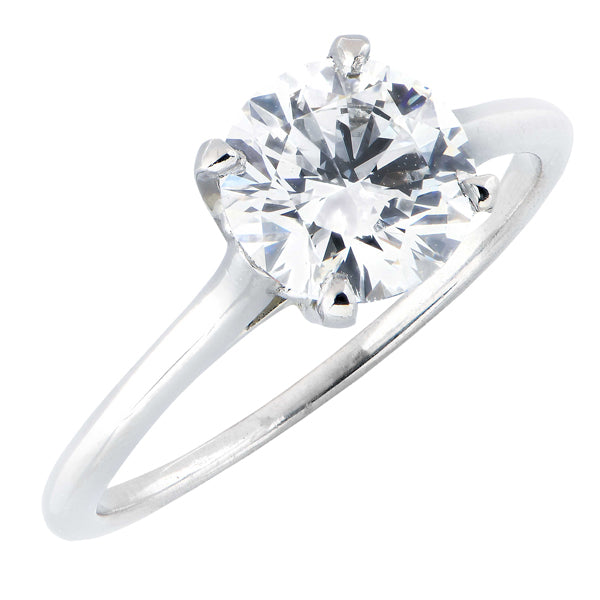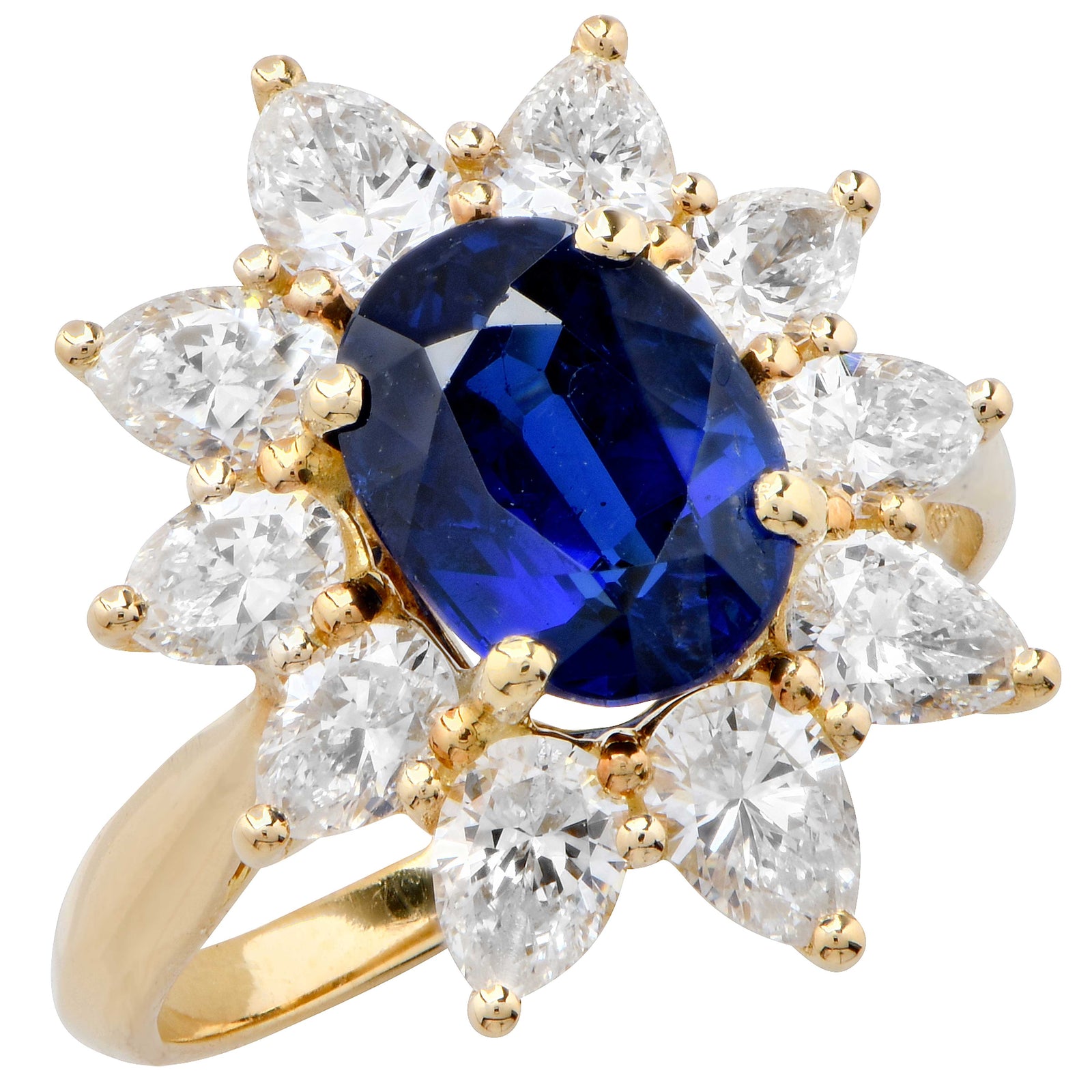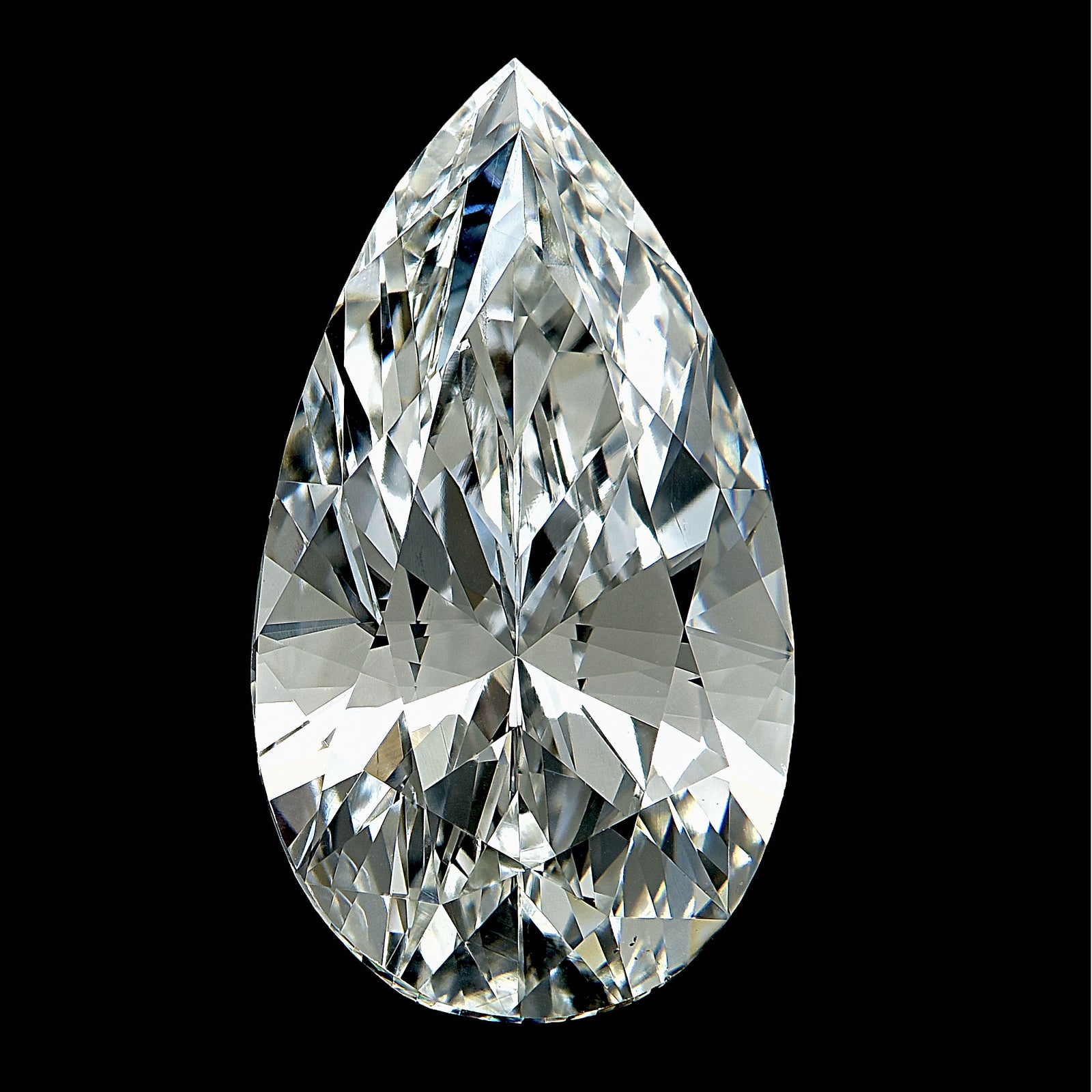So you want to sell a diamond. First send your diamond to the Gemological Institute of America and get a grading report. Once you have a grading report, you need to learn to read it and know what each part of it signifies when it comes to value of your diamond. There are several parts to the grading report from the GIA which you should get familiar with before you sell diamond in Miami or Coral Gables.
Lets start with the left column of the report which starts out with a date. This little detail may be of no concern to you, but if the report is older than ten years, most dealers will discount it a bit due to its age. If your diamond has an older grading report, I recommend sending it to the GIA for a re-grading and new certificate. The cost of this will be easily made up for by not having a single doubt about its grade. Next, we need to look at the weight, color and clarity to ensure they are as you remember. These three c’s along with the cut grade will be a great impact on the value of the diamonds you are selling online. Weight is a tricky thing in valuing a diamond. You will find that a 1.49 carat is sold at a lesser discount than a 1.51 carat. That’s because there is a price jump up at 1.5 carats and the 1.49 is therefore more valuable as it reaches the 1.5 carat mark. A quick example to illustrate the price jump is that a round 1.49 carat D color Flawless diamond has a full wholesale price of $18,000 per carat and a round 1.5 carat D color Flawless diamond has a full wholesale price of $25,000 per carat. This may mean that the 1.49 carries a 10% discount from full ask price and the 1.5 carries a 20% discount from full ask wholesale price. This large jump in prices makes the 1.49, which looks just as large to the naked eye as the 1.5, more valuable and a better deal.
As we work our way down the column you will see a polish, symmetry and fluorescence grade. These are also important. The best GIA grade will be Excellent all across the board with no fluorescence. Anything other than that will lower the value of the graded diamond. Below this you will find an inscription note if you diamond is laser inscribed and a comments line with things which explain items not included in the plot but considered when grading the diamond for clarity.
On the center of the diamond grading report you will find an area called PROPORTIONS. This is a drawing of the profile of the diamond with dimensions and percentages. This may seem like a foreign language to you but all you really need to concentrate on in this section is the table size expressed in percentage and the total depth of the diamond also expressed in percentage. Smaller tables usually mean more scintillation so a table with 52% will have more scintillation than a table of 60%. Both are pretty and fall under the excellent category, yet one is more sparkly than the other. Below this drawing you will find an area called CLARITY CHARACTERISTICS. This section is a drawing of the top and bottom view of the diamond with marks representing inclusions and external features such as scratches, cavities and natural parts of the diamond skin left over in the polishing process. Use this drawing to guide you while looking at your diamond with a loupe. The inclusions in your diamond are unique to your diamond and can be used to identify your diamond easily. Diamonds with clarity grades of VS2 and above will be very clean and have very few inclusions.
Now that you have learned about your diamond and can identify it using a loupe and the GIA report, you can delve into valuing your diamond. If you have a GIA grading report or not, you can stop by and we will help you value your diamond at no cost. Please contact us to sell diamonds in Miami and Coral Gables.

Understanding a GIA Grading Report
Understanding a GIA Grading Report
- by Rafael Almuyna Diaz
- 15 April, 2019
- 3 min read











